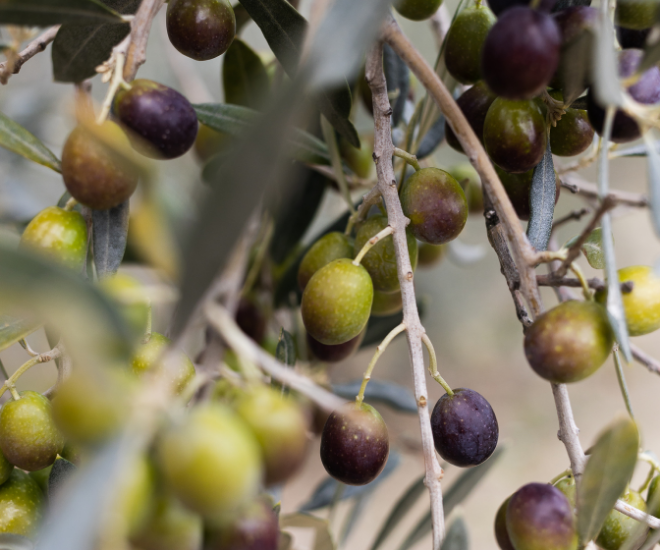
For our colleagues working on the farm, it’s a fixed appointment, punctually every year right after the grape vendemmia: the olive harvest. As the rows of grapevines in the vineyards turn red and the air begins to cool, the olives change colour, slowly darkening, ready to be pressed and transformed into our delicious extra virgin olive oil.
Differently from olive oil, an extra virgin olive oil must have very low acidity, represented by an oleic acid content of no more than 1%. Take note though: one of the requirements for receiving DOP accreditation, an entry into the arena of the most prestigious extra virgin olive oils, is in fact an oil’s high oleic acid content.

ACIDITY VS OLEIC ACID
How is this possible? It does in fact seem like a contradiction but is not: the “total acidity” is represented by oleic acid, but actually includes many other types of acids. An extra virgin olive oil’s most precious acid is its oleic acid, an unsaturated fat that lowers cholesterol and is protective of the cardiovascular system. Therefore, that famous 1% of total acidity in extra virgin olive oil should consist mostly of oleic acid.
THE TICKLE
That tickle on the tongue of a very fresh oil is a sign of supreme quality and indicates low acidity. To be “extra-virgin”, an oil cannot have undergone chemical processes either: it is simply from freshly picked olives, washed with water and pressed.


